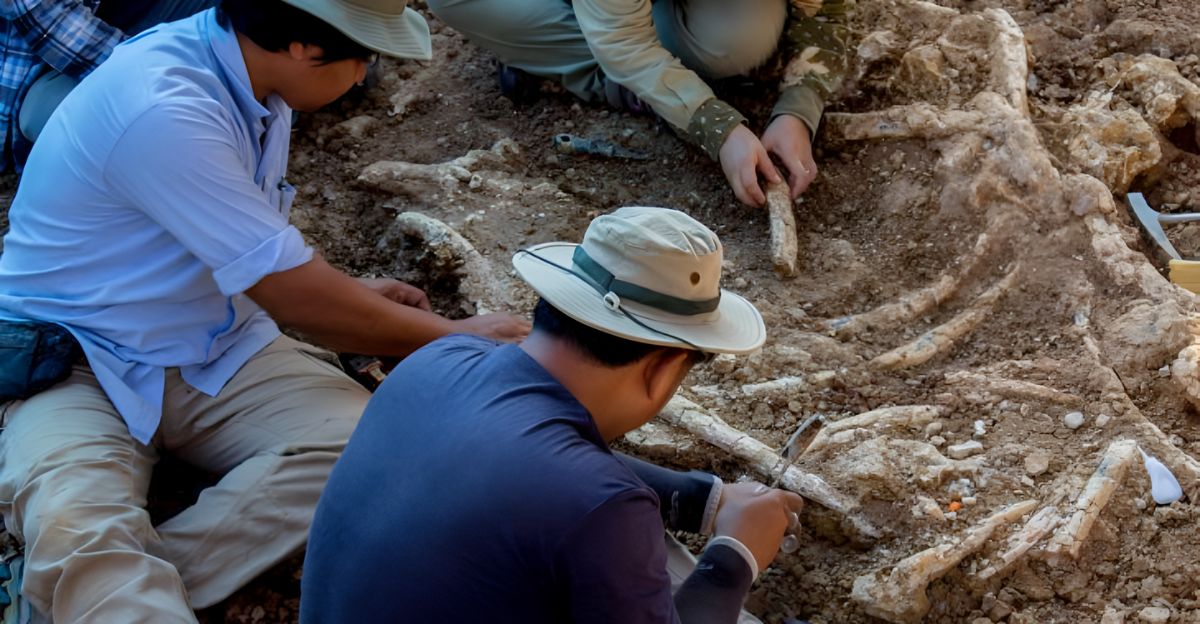
Buried in China’s Guizhou Province, paleontologists have found a fossil so bizarre and beautiful that it was immediately linked to traditional Chinese dragon legends. The fossil, identified as Dinocephalosaurus orientalis, is a 240-million-year-old marine reptile with a body over 16 feet long and a neck longer than anything alive today.
Initially discovered in 2003, Dinocephalosaurus has since been reevaluated using more advanced technologies. This new find, discovered in early 2024, provides new information about the species, shedding more light on Triassic life and reviving interest in the link between ancient myths and science.
So, what did the international paleontology team from the National Museums Scotland find? A mythical Chinese dragon or a strangely evolved aquatic reptile that defies evolutionary theories?
Anatomy of a Real-Life Dragon
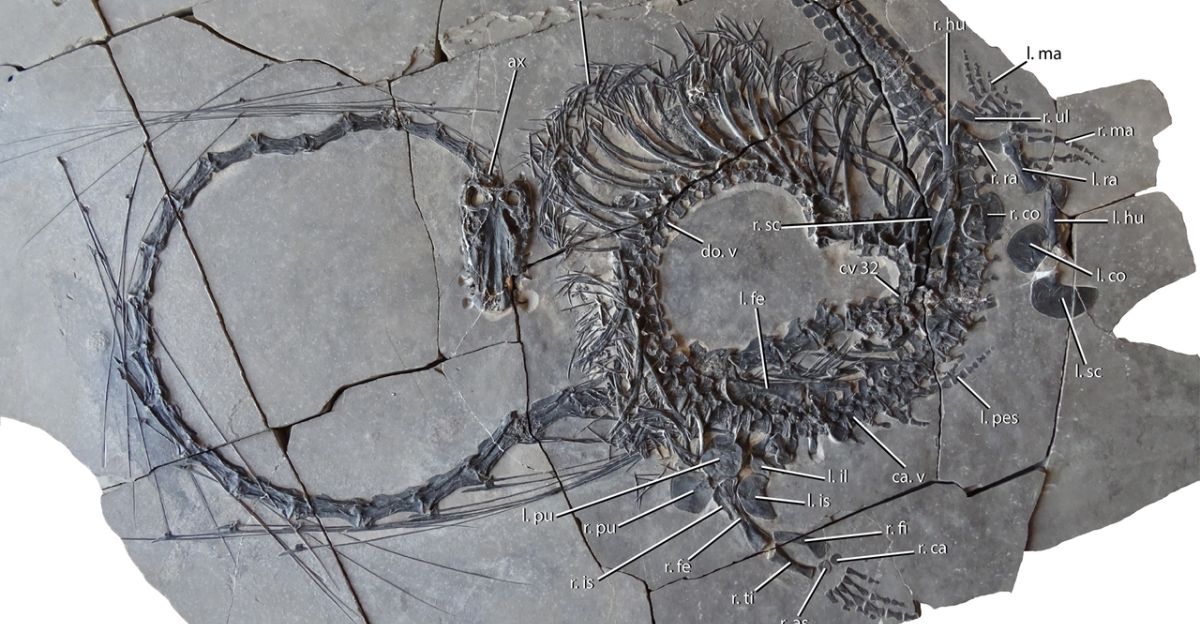
The Dinocephalosaurus fossil, a more complete specimen than the 2003 find, depicts an animal with an incredibly long neck made up of 32 vertebrae, longer than the rest of its body and tail combined. Its long and slender form and paddle-like limbs indicate that it was an aquatic reptile.
Scientists concluded that its extended neck helped it sneak up on prey, allowing it to reach prey before attacking. The fossilized fish found inside its stomach confirmed its predation and revealed a diet of smaller marine life.
While often compared to plesiosaurs, Dinocephalosaurus evolved differently. Its unique anatomy fascinates evolutionary biologists eager to understand how evolutionary body plans developed in ancient oceans.
Evolution’s Experiment Gone Wild
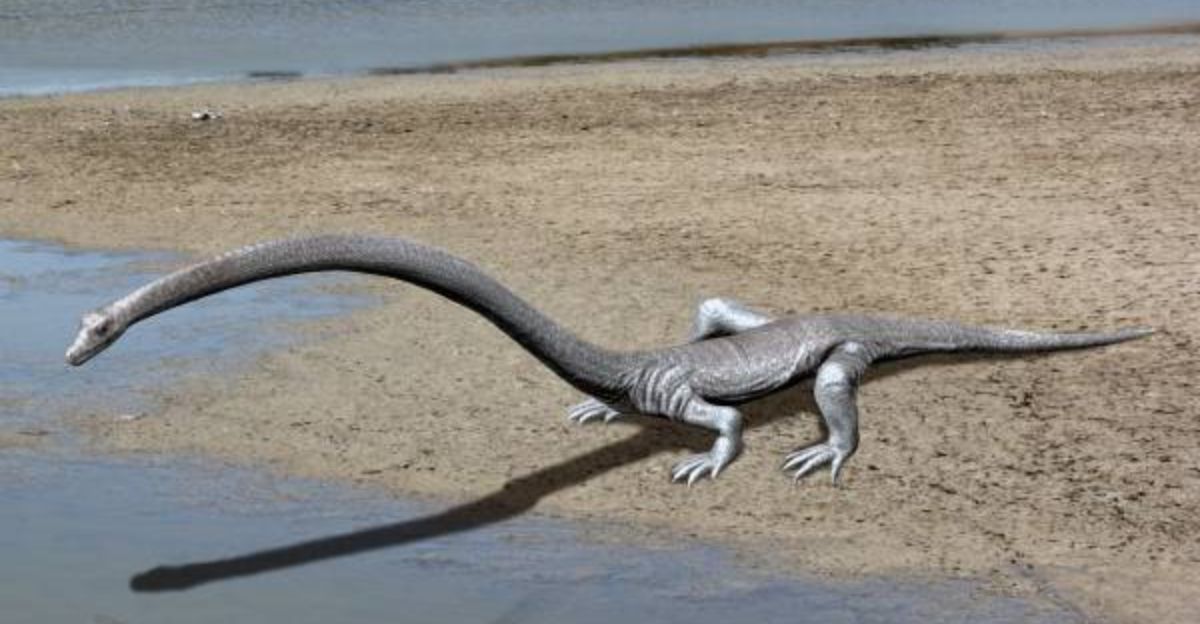
Evolution is typically described as gradual and practical, but Dinocephalosaurus defies that theory. With its impossibly extended neck, the reptile is as much a biological oddity as it is an effective predator.
Its backbone is unlike anything scientists have ever seen, and some paleontologists argue that this trait was an ill-fated evolutionary test run—useful in some marine contexts but eventually untenable over the long term.
This argument goes against the principle of evolution constantly trying its best to survive. Instead, it suggests that evolution is messy and exploratory, sometimes producing creatures more bizarre than anything literature might dream up.
Secrets of the Triassic Seas
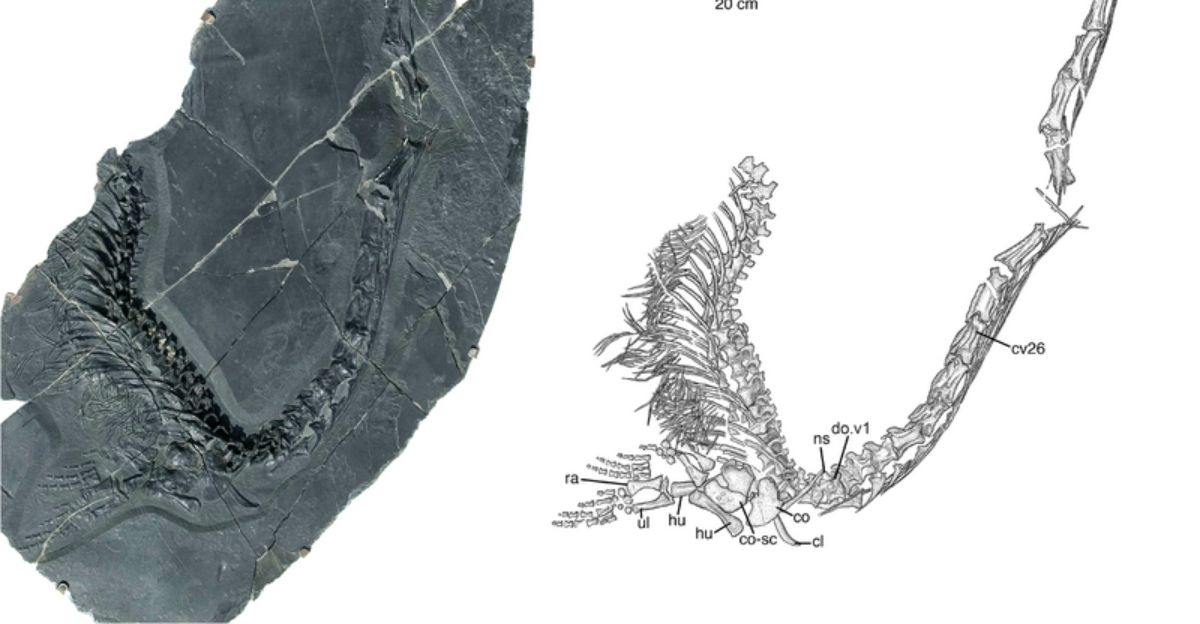
The Triassic, after Earth’s largest mass extinction, was a center of evolutionary innovation. As marine ecosystems re-emerged, reptiles, such as Dinocephalosaurus, evolved to fill predator niches left by the Permian extinction.
The newly unearthed fossil gives us a glimpse of that ecological recovery. Found along with other ocean animals, including fish and small invertebrates, the site paints a vivid picture of a thriving ancient marine ecology.
These underwater worlds were treacherous and unpredictable, with animals developing and adapting odd traits to triumph over others. Dinocephalosaurus was just one of those dangers—a monstrosity sculpted by an evolving world.
Cutting-Edge Science Meets Fossilized Past
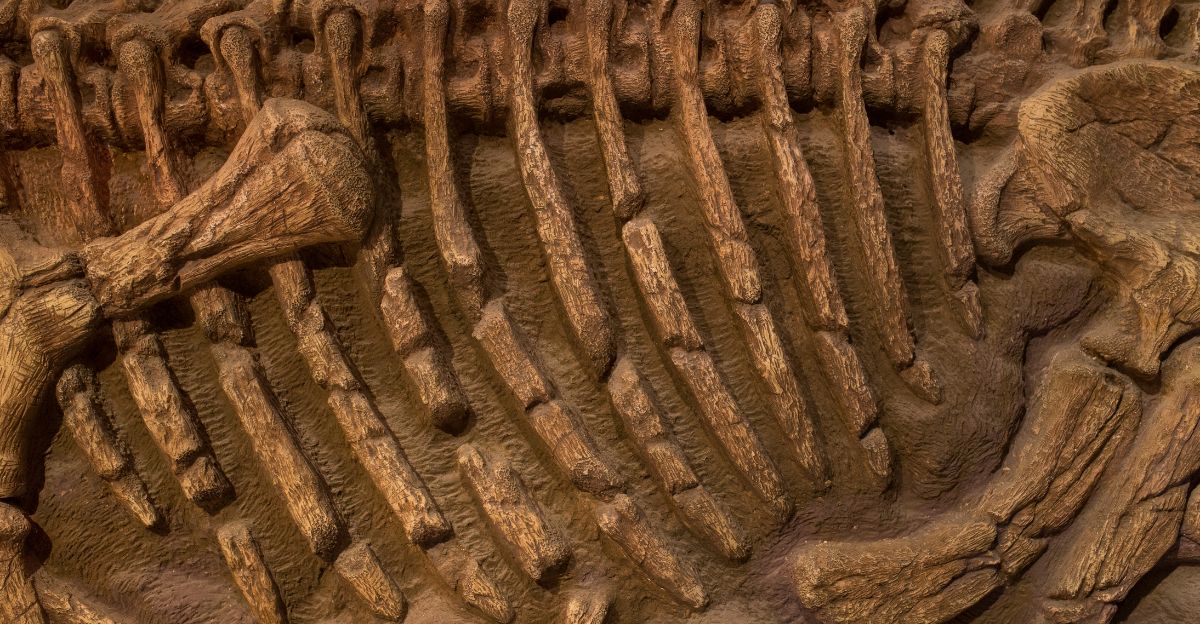
This finding was made possible by contemporary imaging technology. With high-resolution CT scans, paleontologists digitally reconstructed the Dinocephalosaurus skeleton, exposing previously concealed details.
3D modeling revealed its subtle vertebral structure and stomach contents, enabling scientists to infer behavior and ecological function. Given the specimen’s age, a high-tech paleogenomics study wasn’t an option, but subsequent discoveries might leave traces of organic residue.
Scientists stress the role of technology in bringing new life to old bones. In a discipline frequently bound by what’s available, instruments such as these provide unprecedented clarity. The past isn’t merely being uncovered, it’s being decoded in precise detail.
A Sneaky Predator or a Handicapped Reptile?
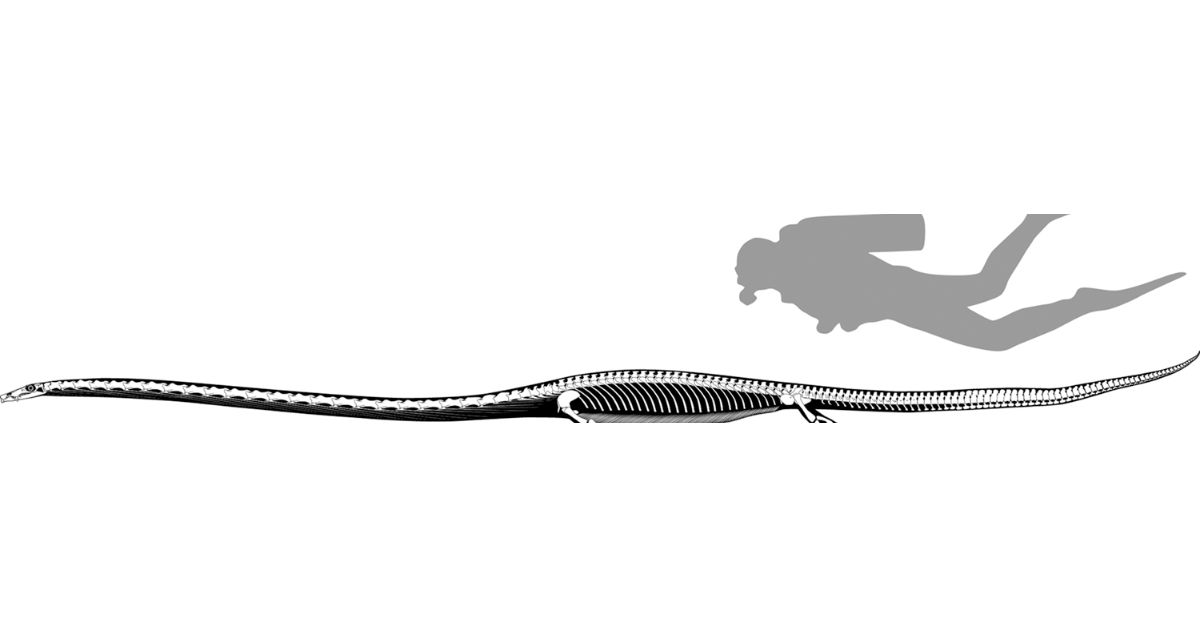
Conventional scientific belief holds that all evolutionary adaptations had an obvious function, but Dinocephalosaurus makes that hard to believe. How precisely does a neck so long truly help?
While the common view suggests it allowed the reptile to sneak up on its prey, some paleontologists question whether it was maladaptive. A delicate, out-of-balance neck might have handicapped Dinocephalosaurus’ movement or increased susceptibility.
They suggest that the adaptation had more to do with sexual selection, with longer necks being more desirable to mates, instead of having a predatory function. If this is the case, then perhaps evolution doesn’t always ensure functionality; sometimes it favors impractical developments instead.
Whispers of Chinese Mythology
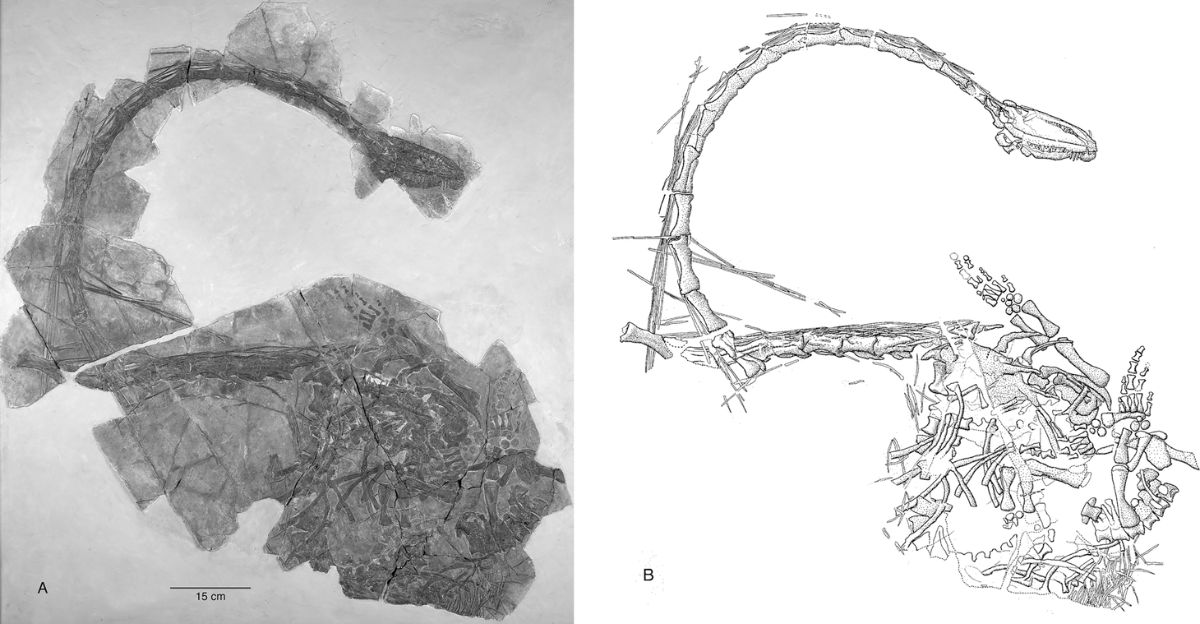
This fossil appears to rather accurately depict cultural imagery and science. Chinese dragons, which are generally known to be snake-like with elongated bodies, bear a disquietingly similar resemblance to Dinocephalosaurus.
Some anthropologists suggest that incidental fossil finds throughout history might have planted the seed for dragon myths, especially in fossil-rich regions like China. However, myths do not tend to originate from fossils; this discovery emphasizes how nature can fuel human imagination.
Here, science collides with symbolism, giving new meaning to ancient myths and reminding us that our desire to mythologize nature could be based on deeper, ancient perceptions.
Fossils, Funding, and the Global Stage

This fossil didn’t emerge from stone; its discovery was made possible by international cooperation. Chinese paleontologists worked with the Scottish National Museum and scientists from U.S. and European institutes.
Funds came from international sources, such as the Royal Society and the Chinese Academy of Sciences, to advance cutting-edge research methods. The discovery turned out to be a beacon of global science, where nationalism became secondary to group discovery.
This transnational collaboration defies rising anti-globalist sentiments, showing what can happen when an interest in history is shared. In an increasingly polarized world, science remains one of the few things that links us across borders, telling the Earth’s collective story.
What Lies Beneath, Still Waiting
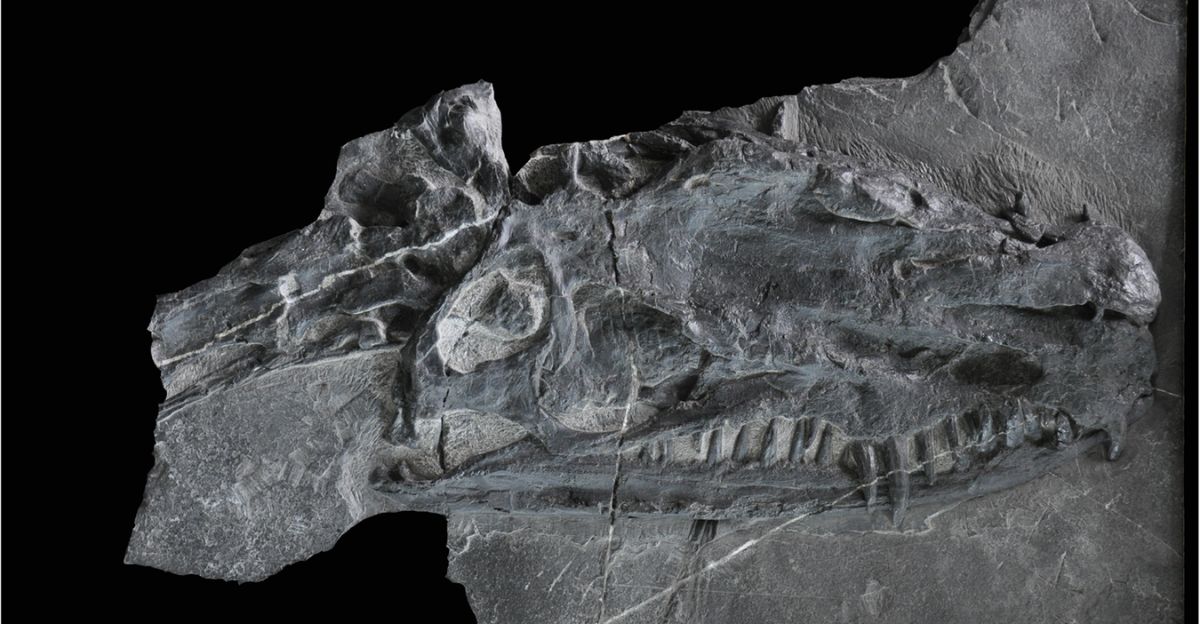
The Dinocephalosaurus find is thrilling and mystifying in equal measure, but it likely won’t be the first of its kind. Guizhou Province and similar Triassic sites are actively being excavated, and researchers believe other long-necked sea reptiles await discovery.
These fossils can fill in evolutionary gaps, illuminate ancient ecosystems, or even overturn traditional wisdom regarding reptile evolution. Paleontology is not just about the past; it’s about questioning the present and predicting the future.
With advancements in CT scanning and AI modeling techniques, each fossil offers science more than bones; they begin to reveal more data, context, and narrative. What we’ve found is incredible, but what remains undiscovered may completely rewrite the story again.
Explore more of our trending stories and hit Follow to keep them coming to your feed!

Don’t miss out on more stories like this! Hit the Follow button at the top of this article to stay updated with the latest news. Share your thoughts in the comments—we’d love to hear from you!







